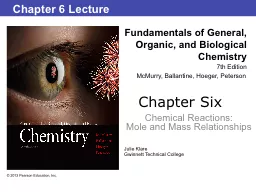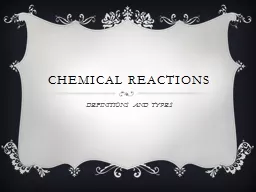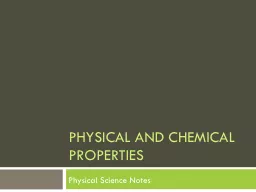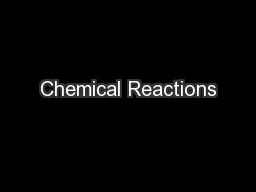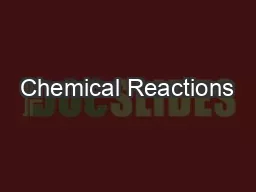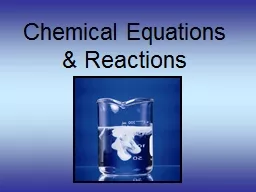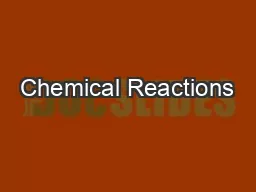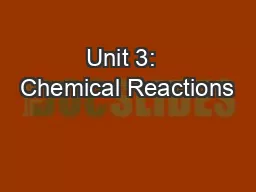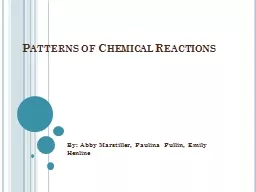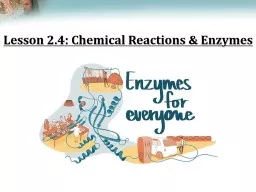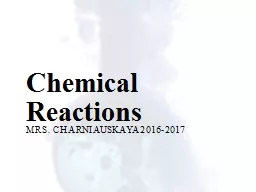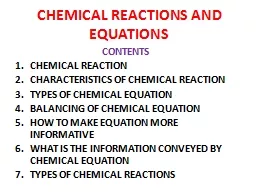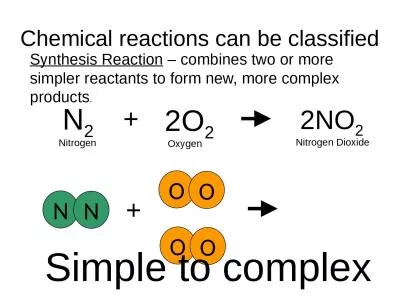PPT-Chapter Six Chemical Reactions:
Author : tawny-fly | Published Date : 2018-03-15
Mole and Mass Relationships Fundamentals of General Organic and Biological Chemistry 7th Edition Chapter 6 Lecture 2013 Pearson Education Inc Julie Klare Gwinnett
Presentation Embed Code
Download Presentation
Download Presentation The PPT/PDF document "Chapter Six Chemical Reactions:" is the property of its rightful owner. Permission is granted to download and print the materials on this website for personal, non-commercial use only, and to display it on your personal computer provided you do not modify the materials and that you retain all copyright notices contained in the materials. By downloading content from our website, you accept the terms of this agreement.
Chapter Six Chemical Reactions:: Transcript
Download Rules Of Document
"Chapter Six Chemical Reactions:"The content belongs to its owner. You may download and print it for personal use, without modification, and keep all copyright notices. By downloading, you agree to these terms.
Related Documents

